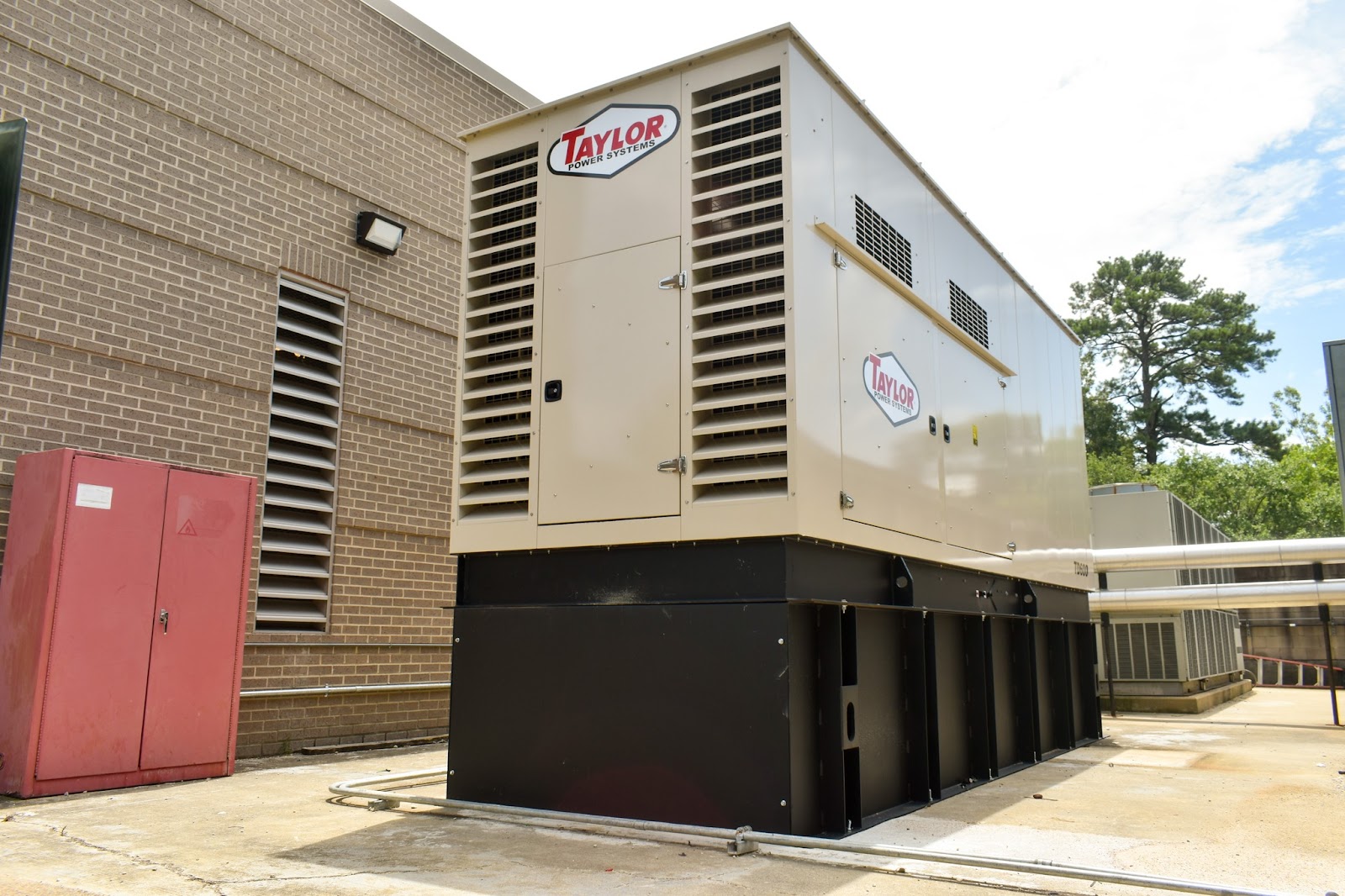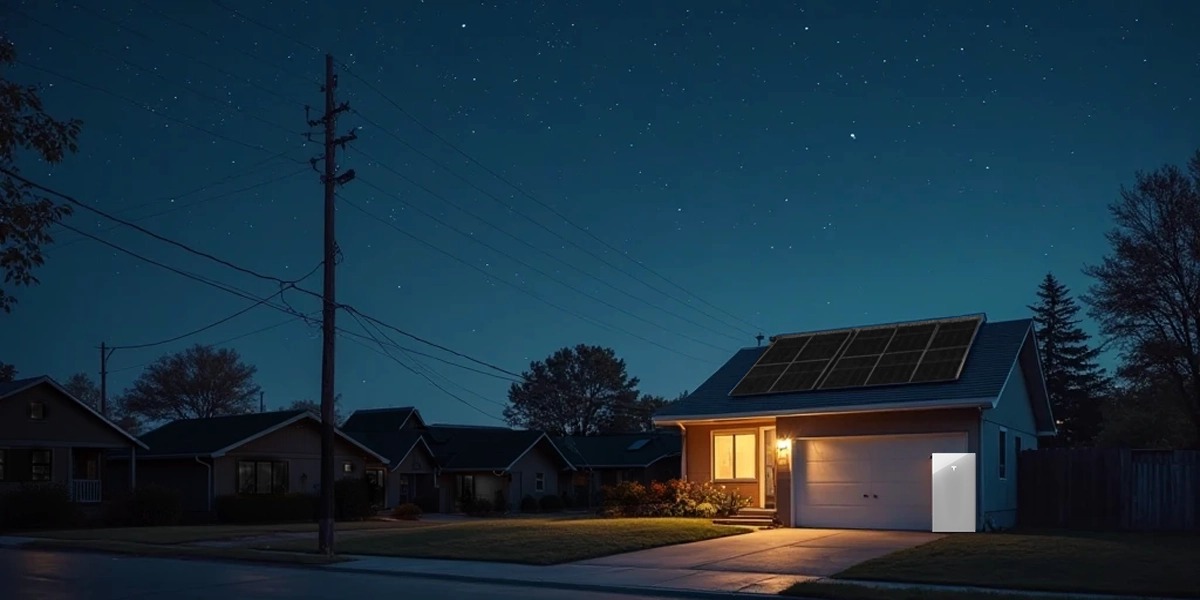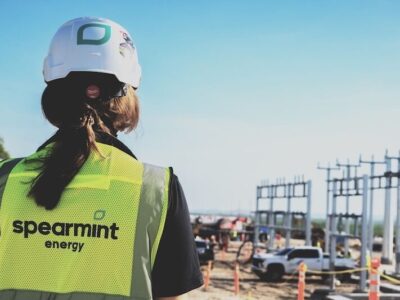Power outages are widespread during the summer months for a variety of reasons. As temperatures rise, people begin using more electricity for air conditioning and refrigeration, which causes sustained demand for limited sources of generation. This excess demand can cause electrical equipment overloads. When power lines heat up, they expand and can burst, so circuit breakers shut off the flow of energy to allow the equipment to cool down and prevent damage. The result is a blackout, or the completely unplanned loss of power to an area or grid for an extended and unspecified period.
This threat is exacerbated by aging energy infrastructure and the retirement of older generation capacity. Plus, excessive heat can reduce the effectiveness of plants and reduce the amount of power that lines are capable of carrying. The power lines can be damaged by the heat, causing them to expand, sag, and even ignite when they touch the treetops. Both the heat itself and the fires can cause infrastructure failures, such as damaged power lines, transformers, or substations, which are common causes of blackouts. As temperatures rise, wildfires and weather events like floods, hurricanes, thunderstorms, and tornadoes also become more likely and pose an additional threat to energy infrastructure.
As this heat spreads across regions, this becomes a larger cause for concern, according to John Moura, director of reliability assessment and system analysis at NERC. He told Eos, “The summer challenge is less about the individual particular area getting into a certain high temperature and much more about a wider-spread heat event.” Essentially, the more widespread the heat wave, the less likely grid operators from different areas will be able to send power to one another to meet shortages.
Traditional blackouts are not the only power-related risk that people face during the hotter months. Rolling blackouts, through which an electric company plans to cut the power to an area for some time, are commonly used during the summer to lighten the strain on the grid or to help prevent fires. Also common are brownouts, or temporary drops in voltage that are also the result of greater demand than supply, and which can be most commonly detected in the dimming of lights. Some electronic devices are susceptible to such changes in voltage, which can lead to malfunctions or permanent damage.
All of these situations become more likely as the U.S. faces increasingly hot temperatures. In January, the World Meteorological Organization announced its findings that found 2024 was the warmest year on record, and the last decade occupies the entire top ten. According to the organization, “We have likely just experienced the first calendar year with a global mean temperature of more than 1.5°C above the 1850-1900 average.”
Last August, Climate Central released an analysis of major power outages from May to September, affecting at least 50,000 customers or interrupting at least 300 megawatts of service, between 2000 and 2023. The organization found that between 2014 and 2023, the U.S. saw 60% more power outages during the heat season than between 2000 and 2009. Moreover, of all weather-related outages over those 24 years, 47% occurred during the heat season. Additionally, a study published in IOP Science concluded that between 2012 and 2021, extreme heat and power outages have coincided in every region of the country. Most recently, in June, New York, Ohio, and Pennsylvania all saw outages from a heat wave.

Photo Courtesy ALP Utilities
Blackouts during the summer months pose significant threats to Americans. From an economic perspective, businesses are unable to operate. A lack of access to lighting, transportation systems, and the Internet also impacts Americans’ daily lives. A lack of refrigeration poses problems for food preservation, and a lack of cooling poses uncomfortable or even dangerously hot home environments, especially for vulnerable populations. The elderly and communities of color or lower socioeconomic status are less likely to have a three-day supply of food, water, and medication, and they are more likely to have to wait longer for power to come back on. Plus, a lack of access to power is particularly threatening to those who rely on electrically powered medical devices or need speedy access to a hospital.
To combat these threats, the country needs to upgrade its energy infrastructure. Decentralized, smaller-scale technologies located near the points of use, like rooftop solar and battery storage, will be essential for lessening grid demand. Installing more smart grid technologies will also be particularly vital, the U.S. Department of Energy explained, “Phasor Measurement Units (PMUs) that allow operators to assess grid stability, advanced digital meters that give consumers better information and automatically report outages, relays that sense and recover from faults in the substation automatically, automated feeder switches that re-route power around problems, and batteries that store excess energy and make it available later to the grid to meet customer demand.” Additionally, utilities can ‘harden the grid’ by installing underground transmission lines, maintaining trees in areas surrounding overhead power lines, and installing steel or concrete electrical poles instead of wooden ones.

Photo Courtesy Антон Дмитриев on Unsplash
In the meantime, businesses and households have a variety of avenues to prepare for blackouts. Make sure you have an emergency preparedness kit with supplies to last for a few days, including non-perishable food. Keep your refrigerator and freezer closed to maintain temperatures for as long as possible, and add ice to help extend the life of the commodities inside. Food in the fridge will expire more quickly and should be eaten first, followed by the food in the freezer and canned items. It is better to throw out food that you are unsure about than to consume it, especially if it has an odd smell or look. In addition to staying tuned for water advisories, the Centers for Disease Control and Prevention (CDC) also recommends an emergency water supply of one gallon of water per person, per day for three days.
To keep yourself safe and healthy, a first aid kit, backup medication, and plans for maintaining medical devices powered and medication cool are vital. Plus, it is highly recommended to avoid gas stoves and to install a carbon monoxide detector with a backup battery on every floor of your residence, preferably in every sleeping area. Use blackout curtains and breathable, cooling, and moisture-wicking clothes to keep your home and yourself as cool as possible. Additionally, make sure you are aware of the signs of heat-related illnesses, like heat stroke, in yourself or your loved ones.
Investing in backup power sources is also particularly helpful in the face of blackouts. Installing a generator will enable you to keep vital equipment powered on when the surrounding region goes dark. Backup batteries and portable chargers are good alternatives. You should have equipment that you can always rely on, including flashlights and radios, and you should charge up your other devices before potential outages. However, make sure appliances and electronics are unplugged before the power goes out to prevent damage.
Communities can also take action to protect their residents. Local governments should alert people of outage threats with as much advance notice as possible to give people time to prepare. Installing microgrids at essential community centers, hospitals, and schools would enable these vital services to continue operating even during blackouts. Community kitchens and check-ins on older adults are also good ways to ensure the most vulnerable of us do not suffer during outages.

Photo Courtesy Taylor Power Systems





